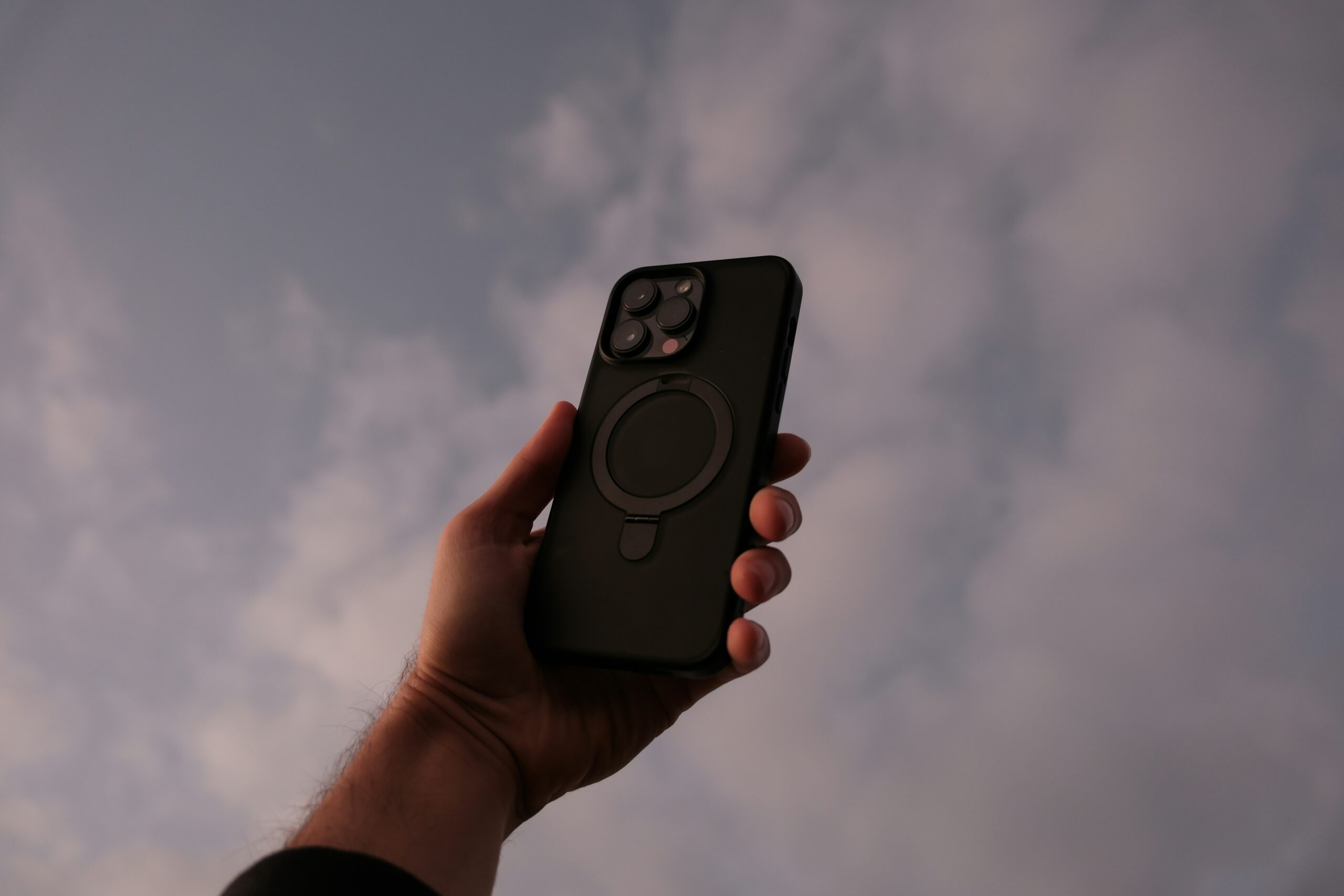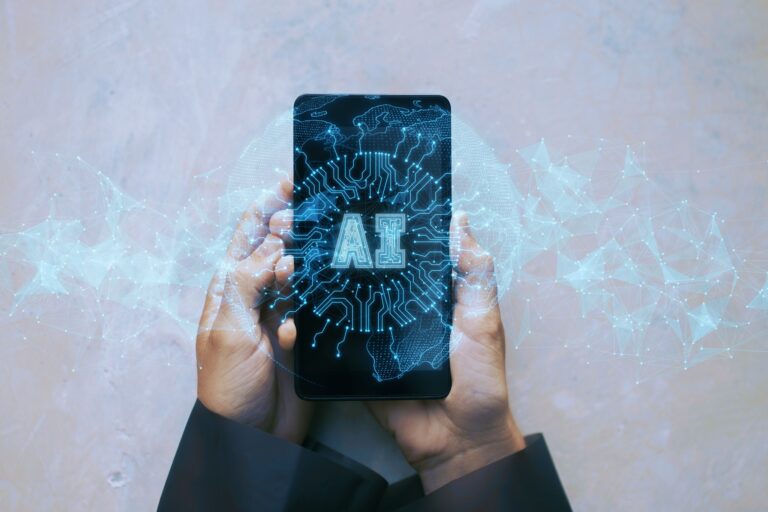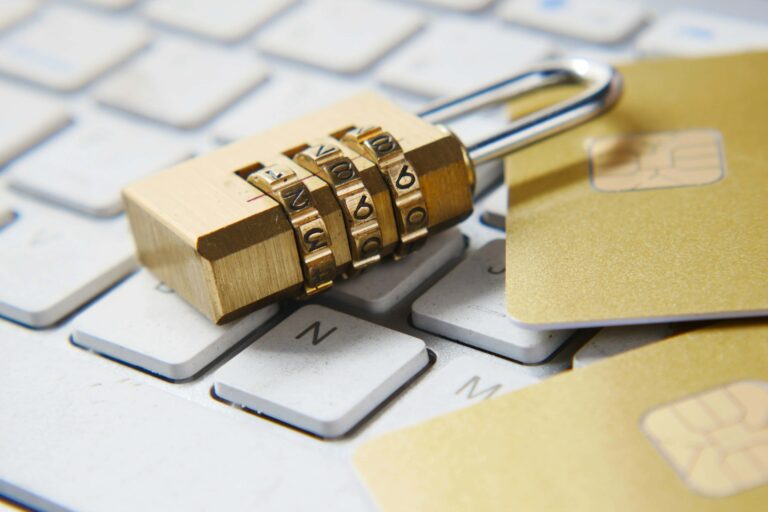Offline mode support rarely makes it into a client’s “primary feature set” list. It is one of those services that you only notice when it’s absent. Nobody notices it until they open your app in a mall or a tunnel with zero signal. Or in a parking lot, an elevator, or far off the coast at open sea. Until your beautifully designed interface loads… absolutely nothing. That’s why every app needs to degrade gracefully. Because, you know, there is a big difference between “can’t load right now” and “just gave up”.
Even if the app is not syncing, it better be showing something: last-known content, a loading message or pretty anything but a blank screen. Offline states are about user trust, and trust – once broken – doesn’t refresh with a better signal.
“Mobile lives in a world where something breaks at any moment – network, battery, a call comes in. And it happens way more often than people sometimes think”.
The mobile environment is fragile by nature, even though it is wrapped in titan and ceramic-shield glass. Unfortunately, it is not a question of if something will go wrong – it is when. The difference is how your app responds.
Smart Expectations
Not every app needs to function fully offline. A live streaming app, for example, is useless without real-time updates. But even then, if a user loses connection, do they get a helpful message? Cached data? A chance to act when they’re back online? That’s where thoughtful design and user experience matter a lot.
“Offline mode isn’t always necessary. But caching is. It should be a part of the design, not an afterthought”.
We’ve seen this in action while working on a music streaming app. Users are often on the move when they listen to their favourite Bob Dylan song. The solution? Pre-cache the next few seconds of a track, and begin caching the next song midway through the current one. No broken experience, just music that keeps playing, even if the internet is “Like a Rolling Stone” 🙂
The Subtle UX of Surviving a Weak Signal
Don’t you think there is something wicked about an app that just works, even when the user’s environment doesn’t? But that magic comes from very practical thinking:
- Knowing when the network is available (and not just “connected”. Yes, we are talking about you, perfect hotel Wi-Fi);
- Adapting content to network speed (downshifting video quality, for instance);
- Syncing automatically and – importantly – untraceably when the app comes back online;
- Letting the user keep reading, watching, or working with the previously fetched data.
Using the pulling backend, we measure actual speed and availability, do solid data analysis, because, you know, phones lie sometimes (crickey!). They say they are online, but the internet can be totally unreachable.
Is Offline Support a Competitive Edge?
In some industries, offline is close to survival needs. Logistics teams on the road. Sales reps in rural zones. Construction managers in thick-walled buildings where no signal reaches. Field service apps that must sync and update in a narrow window of connectivity. When we work with clients in industries like that, we explain that smart offline handling isn’t a bonus feature. It is what makes the app usable in the first place.
You Can’t Retrofit Reliability
One of the trickiest things about offline support? You can’t always add it later. Not easily.
Apps that ignore offline modes at the design stage usually need to undergo painful refactoring to catch up with that gap. That is why we encourage clients to talk about caching, syncing, and fallback states from day one, even if they decide not to introduce it initially.
“It’s like trying to turn a motorcycle into a car. You can bolt on a couple extra wheels, sure, but the whole structure was built differently”.
So, What Should You Do as a Client?
You don’t need to ask for an “offline mode”. But you should ask your team questions like:
- What happens if my user loses a signal?
- Will the app show anything? Or crash silently?
- Can we show last-known data, and let user interact with the app?
Even simple answers can make a big difference in how your product is perceived. Because for the end user, there is no visible “network handler” or “sync strategy”. There’s just an app that either works or doesn’t.
And in 2025, users won’t stick around to give you a second chance. The world people live in is full of elevators, tunnels, malls, and random signal dead zones. Offline support is a part of respecting your user’s time, context, and trust. It is making sure that your product still shows up, even when the signal doesn’t.
We think about that early, so your users don’t have to think about it at all.







